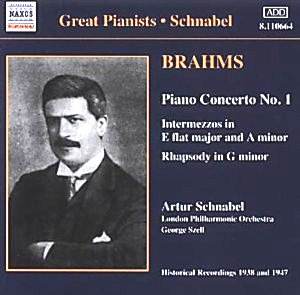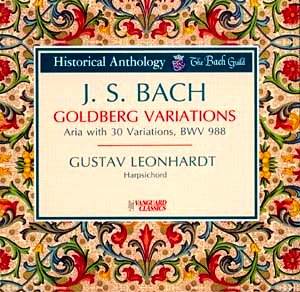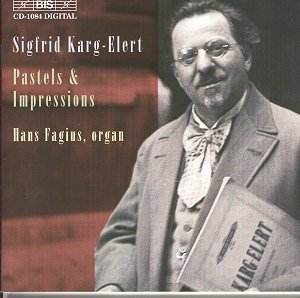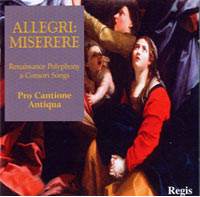 Composer: Johannes Brahms
Composer: Johannes Brahms
Works: Piano Concerto no. 1 in D minor, op. 15; Intermezzo in E flat, op. 117/1; Intermezzi in A minor, op. 116/2; Rhapsody in G minor, op. 79/2
Performers: Artur Schnabel (pianoforte), London Philharmonic Orchestra/George Szell (concerto)
Recording: Recorded 9.1. and 18.12.1938, EMI Abbey Road Studio no. 1 (concerto); 4.6.1947, EMI Abbey Road Studio no. 3 (solo pieces)
Label: NAXOS Historical 8.110664
Johannes Brahms’s music, with its rich emotional landscape and complex structural integrity, often finds itself at the intersection of Romantic expressiveness and Classical rigor. His Piano Concerto no. 1 in D minor, a monumental work completed at a young age, exemplifies this duality, merging fierce passion with intricate counterpoint. Artur Schnabel’s interpretations, particularly in this historical recording with the London Philharmonic Orchestra under George Szell, provide an insightful lens through which to explore Brahms’s profound musical language, revealing both the tempestuousness and the elegance inherent in the score.
Schnabel’s performance of the First Concerto is marked by a formidable interplay between the soloist and the orchestra, a dance that Szell, known for his precise yet emotionally charged conducting style, facilitates with great skill. From the outset, the opening tutti exhibits a brisk tempo that simultaneously propels the music forward while allowing the listener to savor Brahms’s lyrical moments. Schnabel’s piano sound here is strikingly full-bodied; the previously noted “hollow clatter” that sometimes characterizes his playing is supplanted by a warmth and richness that renders the piano part as a fully realized voice within the orchestral fabric. This is particularly evident in the first movement’s development section, where Schnabel’s nuanced touch highlights Brahms’s intricate textures, allowing the counterpoint to emerge with crystalline clarity.
The recording quality itself, enhanced by modern remastering, has transformed the original “blunt and dull” piano tone into something vibrant and engaging. Despite some upper-register stridency in the orchestral timbres, which can be distracting, the overall sonic landscape remains compelling. The Adagio, often a litmus test for pianists, reveals Schnabel’s ability to navigate Brahms’s emotional depths with remarkable poise. Here, Szell’s meticulous guidance ensures that the tempo never stagnates, and Schnabel’s expansive phrasing conveys a gravitas that is both moving and reflective. The balance between the piano and orchestra, especially during the poignant climaxes, underscores the emotional stakes of the work vividly.
The Finale, characterized by its exuberance and rhythmic drive, reflects Schnabel’s considerable interpretative freedom. Contrary to criticisms of “snatched, lumpy phrasing,” Schnabel’s approach here is deliberate and characterful, capturing the spirit of Brahms’s writing without sacrificing coherence. His ability to articulate the playful exchanges between the piano and orchestra showcases his command over both the technical and expressive demands of the score.
The solo pieces included in this collection—the Intermezzi and Rhapsody—further illuminate Schnabel’s affinity for Brahms. The Intermezzo in E flat, op. 117/1, is particularly noteworthy; Schnabel’s seamless transition through its contrasting sections exemplifies his mastery of Brahms’s lyrical style, while the Rhapsody in G minor, op. 79/2, reveals the pianist’s profound understanding of the composer’s underlying emotional turmoil. Each note, carefully articulated, emerges with a clarity akin to a finely-rehearsed string quartet, underscoring Schnabel’s technical prowess and interpretative depth.
Schnabel’s performances of Brahms are essential listening for any serious aficionado of the repertoire. This recording stands as a testament not only to the artistry of Schnabel and Szell but also to the enduring power and complexity of Brahms’s music. The combination of historical significance and interpretative integrity makes this release an invaluable addition to the canon of Brahms recordings, rendering it both a scholarly resource and a deeply satisfying auditory experience.



